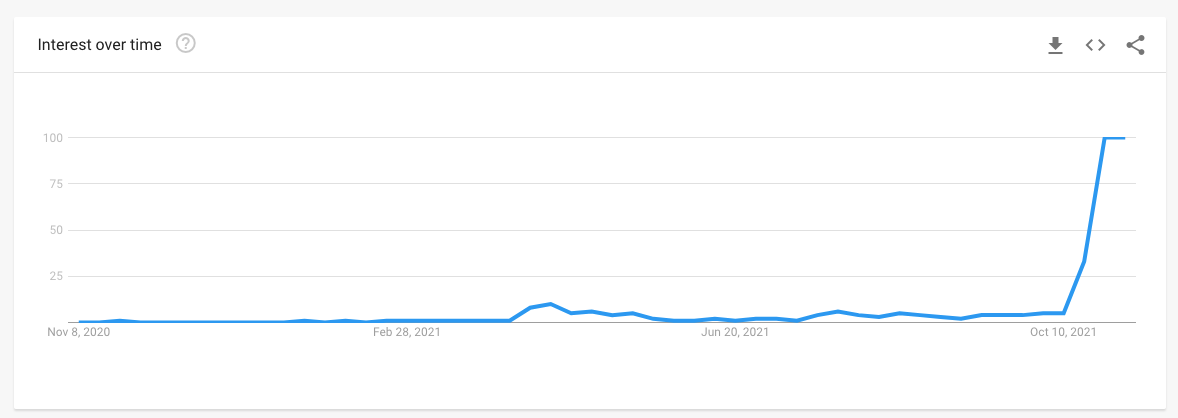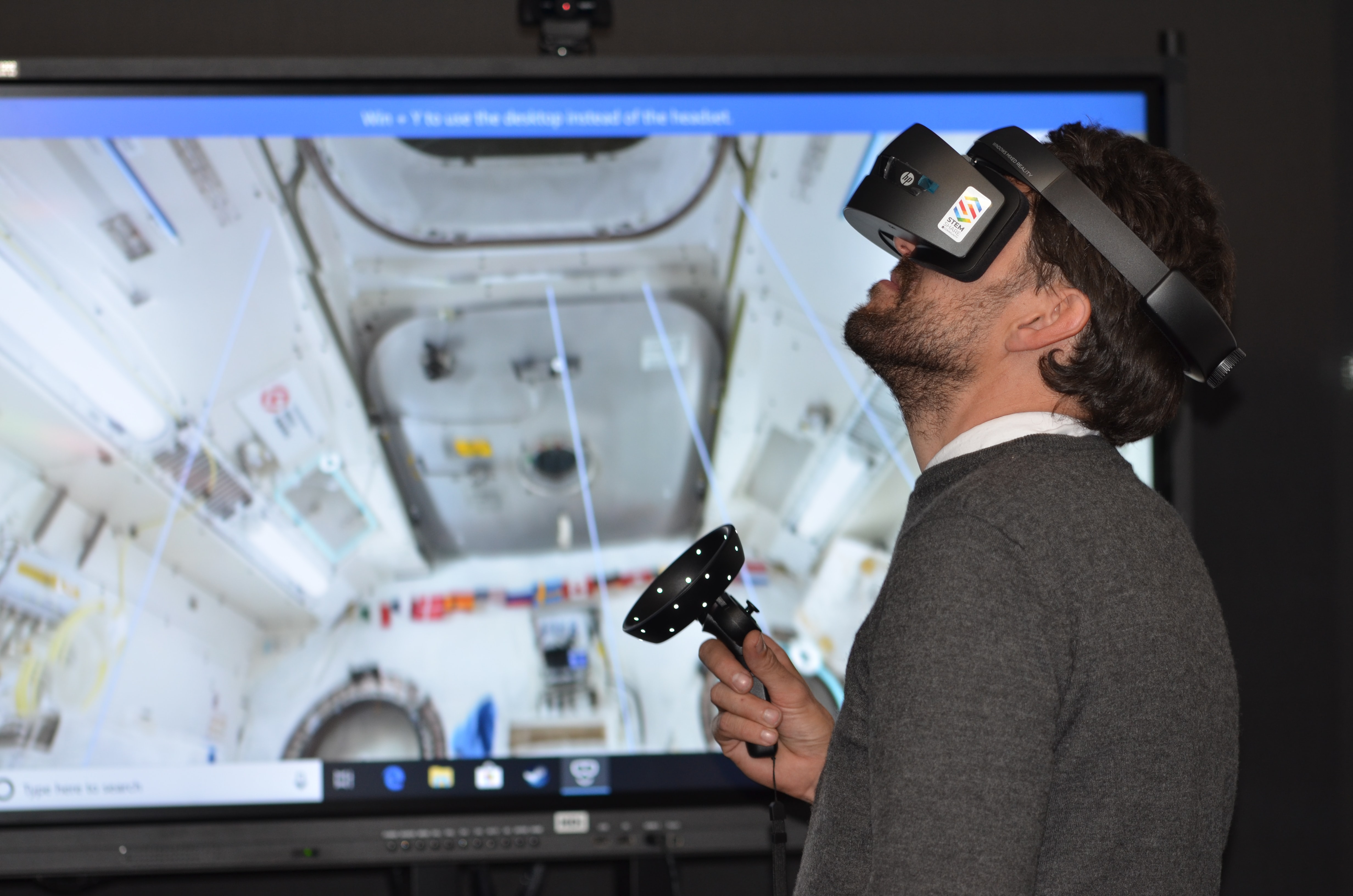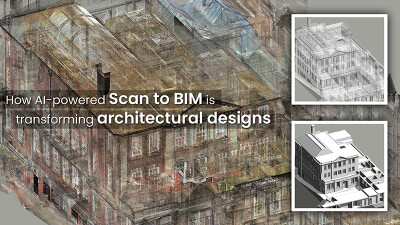When Facebook announced that they were focusing on becoming a “metaverse company,” it caused a sudden flurry of activity, questions, and speculation.
For many members of the general public, this would be the first time they heard the term metaverse. Even I was caught off guard when my mother called me to ask me point blank what "metaverse" meant after hearing the term on the evening news. In the media the concept was described in terms more familiar to gamers and science fiction buffs: the holodeck, a virtual world, a digital alternate reality.

So what is the metaverse, really?
If you think of the evolution of virtual reality as timeline, the metaverse is at the very end of the evolutionary pathway. What started with attempts to create virtual replicas of real-world spaces has evolved into the concept of making an interconnected, interactive digital world; the metaverse.
Imagine, for example, visiting the Grand Canyon from your own living room using a virtual reality headset. A virtual reality experience like this is usually disconnected from other people, and is self-contained. There are boundaries that define the edges of the experience. Now, imagine that your entire family could join you on this virtual vacation and you could see and interact with them in real-time even though you were all seeing each other in this virtual space. This is a shared digital experience - but usually there are still boundaries. You can’t, for example, travel from this Grand Canyon experience to Las Vegas together unless that was previously defied by the app or experience. What the metaverse aims to do is to provide a completely digital space for these virtual spaces to connect. So rather than interacting in a particular room, you’d have the whole world in your hands (at least, through your headset).
The idea of there being a second, virtual world that anyone can tap into is not an entirely new idea, and certainly gets its inspiration from science fiction. In Star Trek, the ability to move through entire worlds is the purpose of the holodeck - where even a “digital twin” of the bridge could be used to simulate upcoming missions. But the metaverse is more than a digital twin, because it does not necessarily have to conform to the realities that define the real world, and would, in theory, be infinitely connected to other virtual environments.
How will metaverse impact work?
While it might be tempting to view Zuckerberg’s recent announcement as more science fiction dreaming, it is worth pointing out that there have been companies developing such technology for enterprise and industry use - long before Facebook stole the name.
The idea of using virtual collaboration software is not new, but we are at a place in technology development where the computing power, bandwidth, compression advancements are converging to make it a useful experience. Virtual reality headset makers are getting close to human-eye resolution in their devices, and every year, new solutions for visualizing 3D information collaboratively are launched. (See for example, The Wild, AEC collaboration platform, or Cesium’s geospatial 3D platform). There are even companies and visionaries who are already trying to scan the entire world and create a digital copy of the earth.
The pieces of the metaverse have been building up for some time, even if we weren’t aware that’s the direction we were heading. For some companies, however, the opportunity was as clear as day. Earlier this year we talked with NVIDIA about their new platform, Omniverse, a product designed to act as a virtual environment for 3D models, simulations and more. With the Omniverse platform, users can harness the immense shared computing power of the cloud, pre-programmed physics and other creator tools to hasten 3D development and run simulations in real-time or at thousands of times faster than life.
The potential use cases for a metaverse - beyond the social, retail, and entertainment genres - are only beginning to be explored. Digital models of cities, scanned in via reality capture or recreated through modeling could be put through the paces for new traffic models or simulate the effects of climate change. Virtual neighborhoods can be “lived in” by residents to see how their view would be altered by a new building. In manufacturing, the metaverse could be used to create virtual factories that mirror real world conditions, allowing for tweaks and optimizations to processes to be tested without wasting a single piece of material trying them out.
As creators and consumers of 3D technology and information, we’re not unfamiliar with the push behind digitizing the built world and optimizing workflows. The metaverse, in essence, is what would happen if we bring all of those 3D assets, tools, and workflows into the digital realm. It should be fascinating to see what our industries are capable of as we move towards this next evolutionary step.






